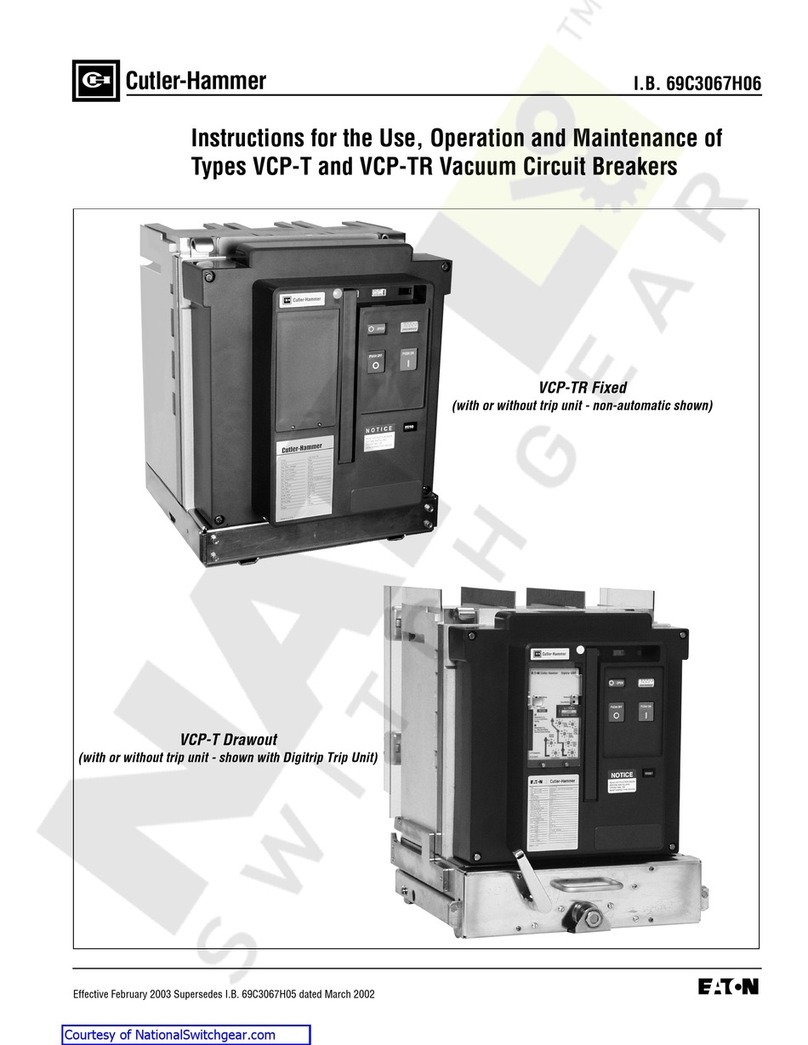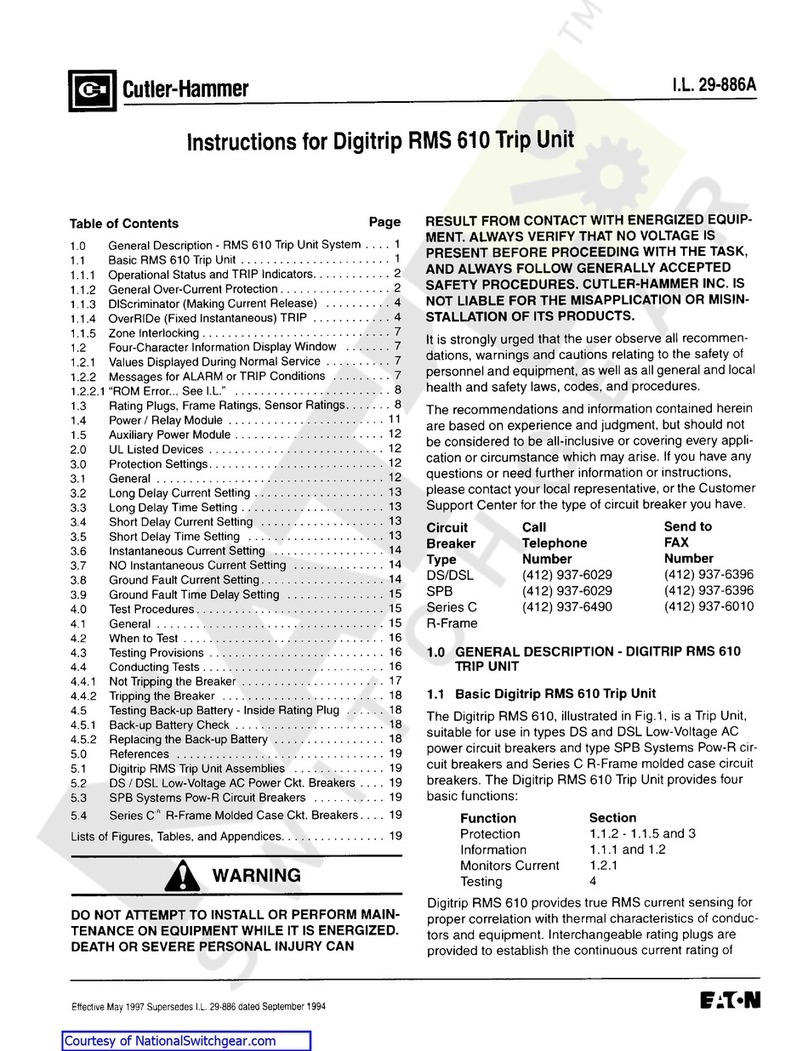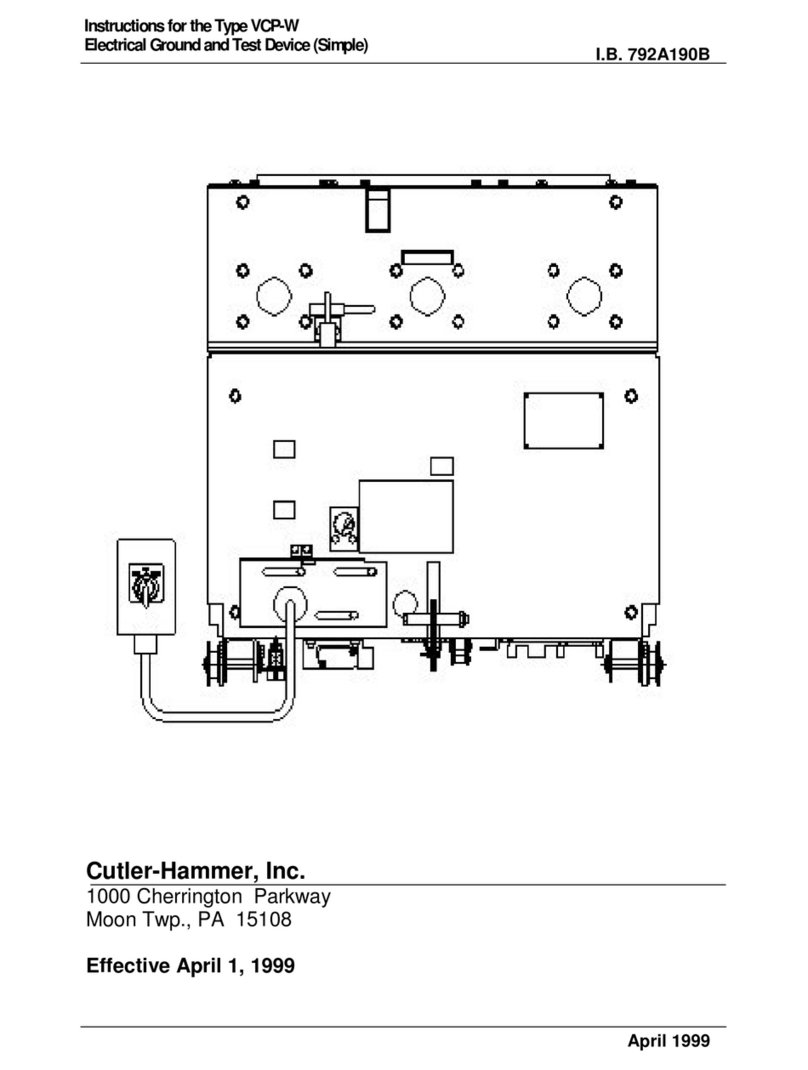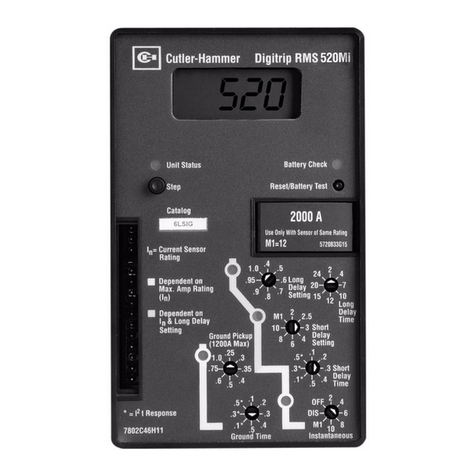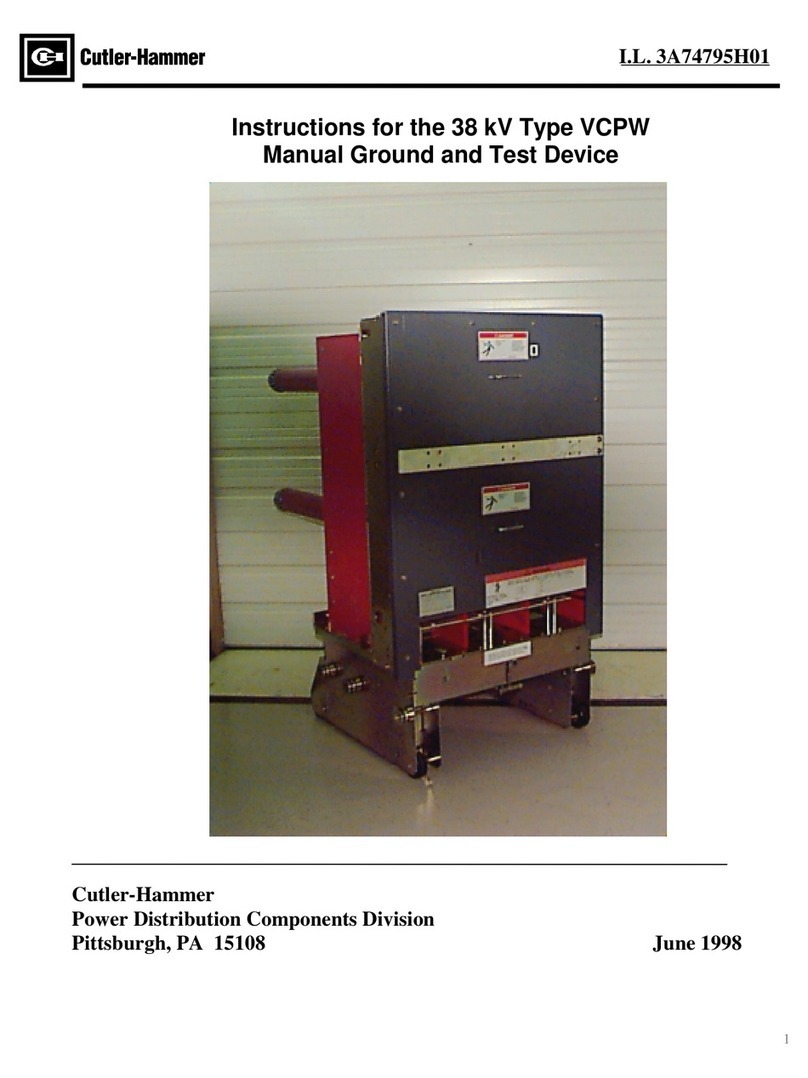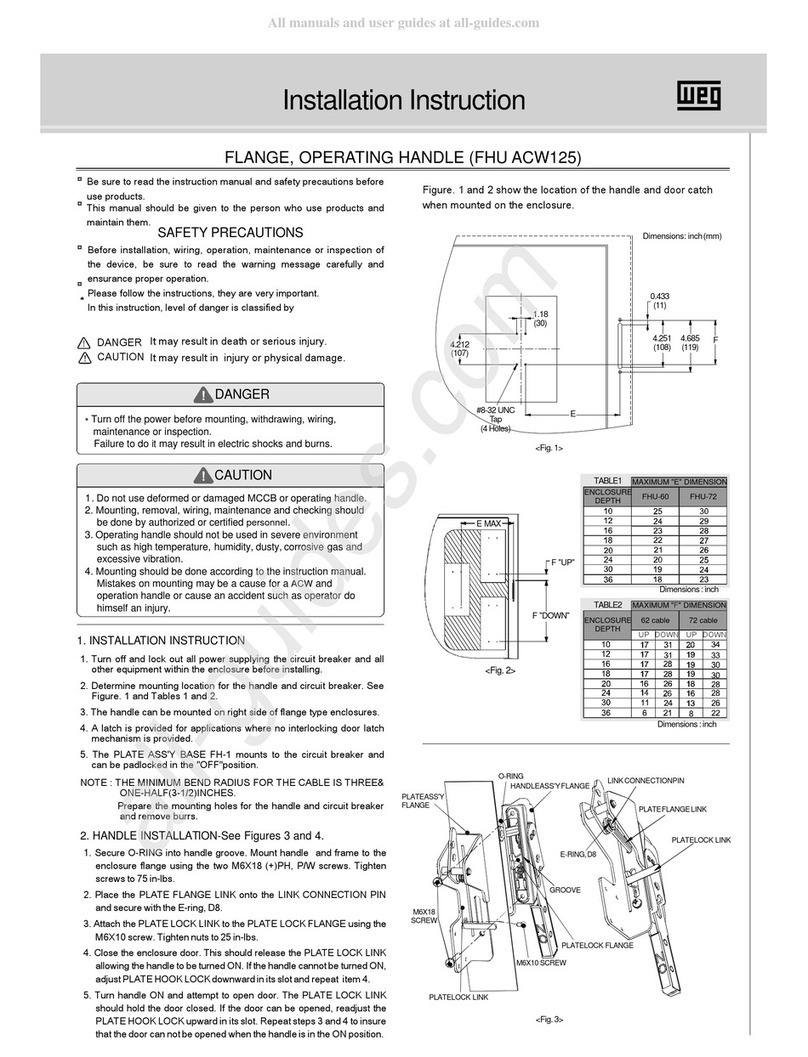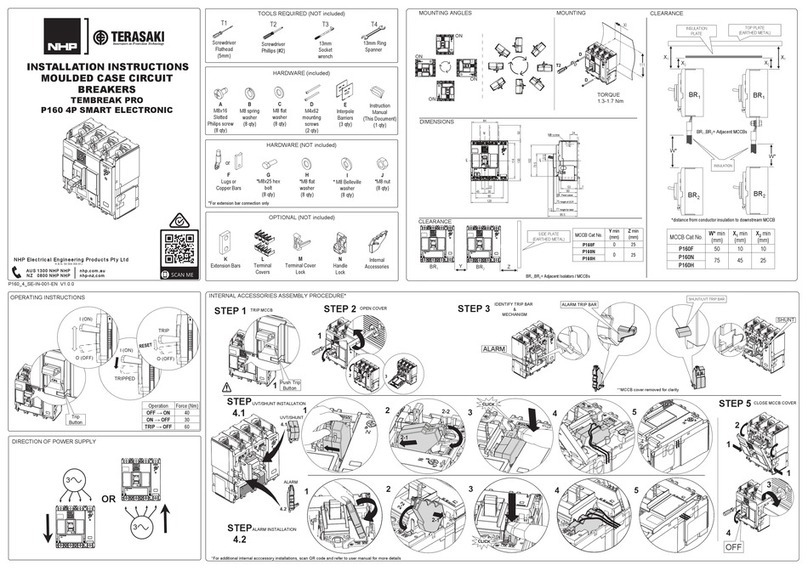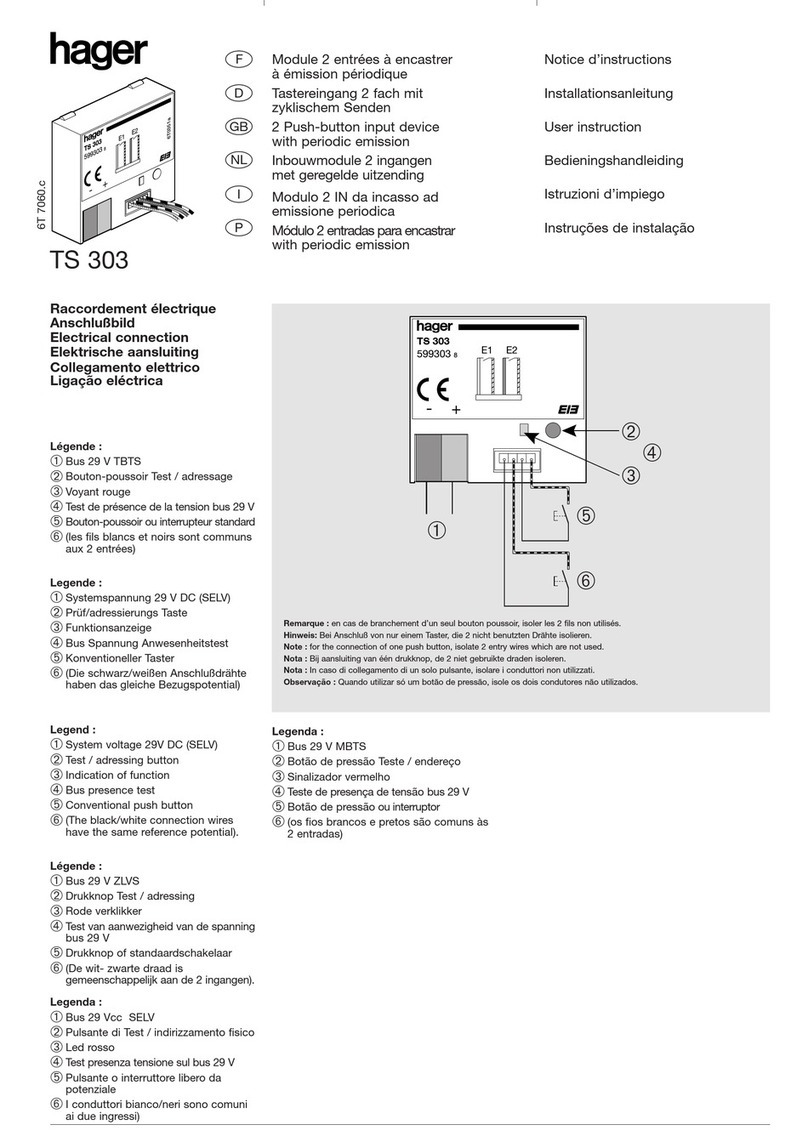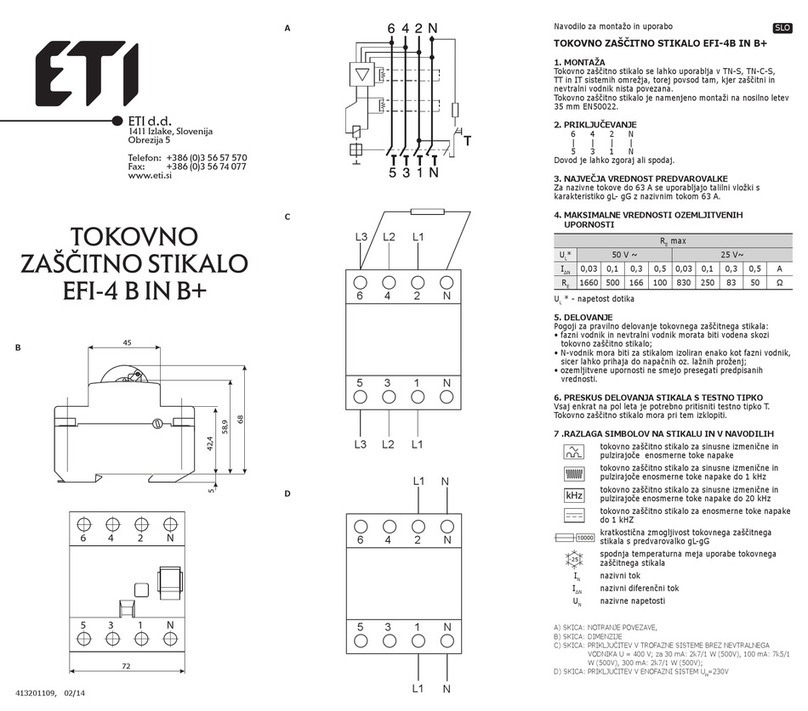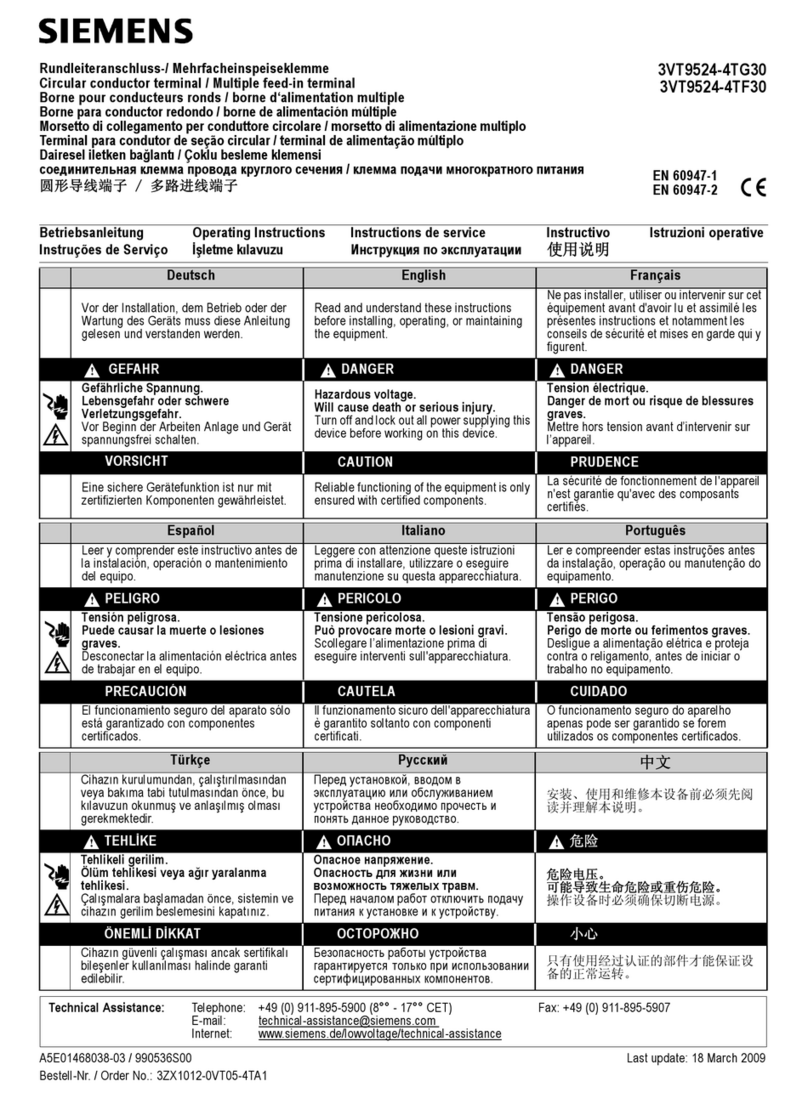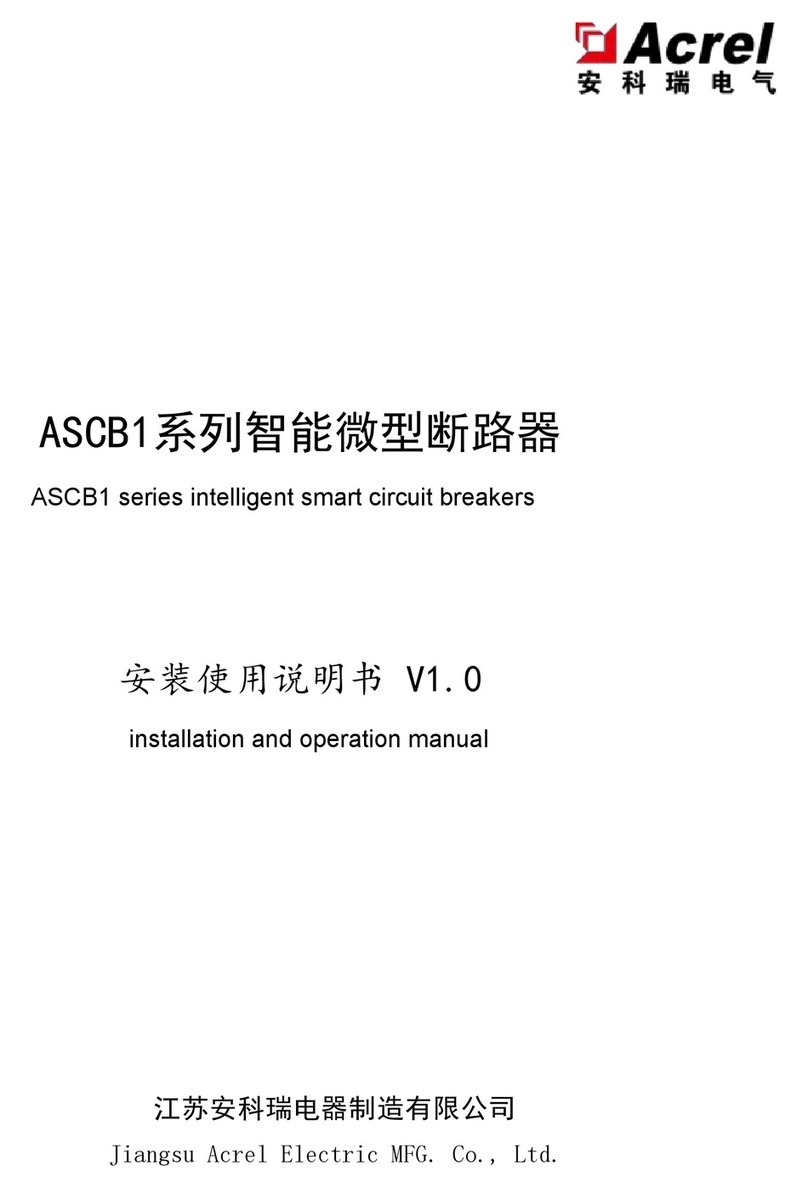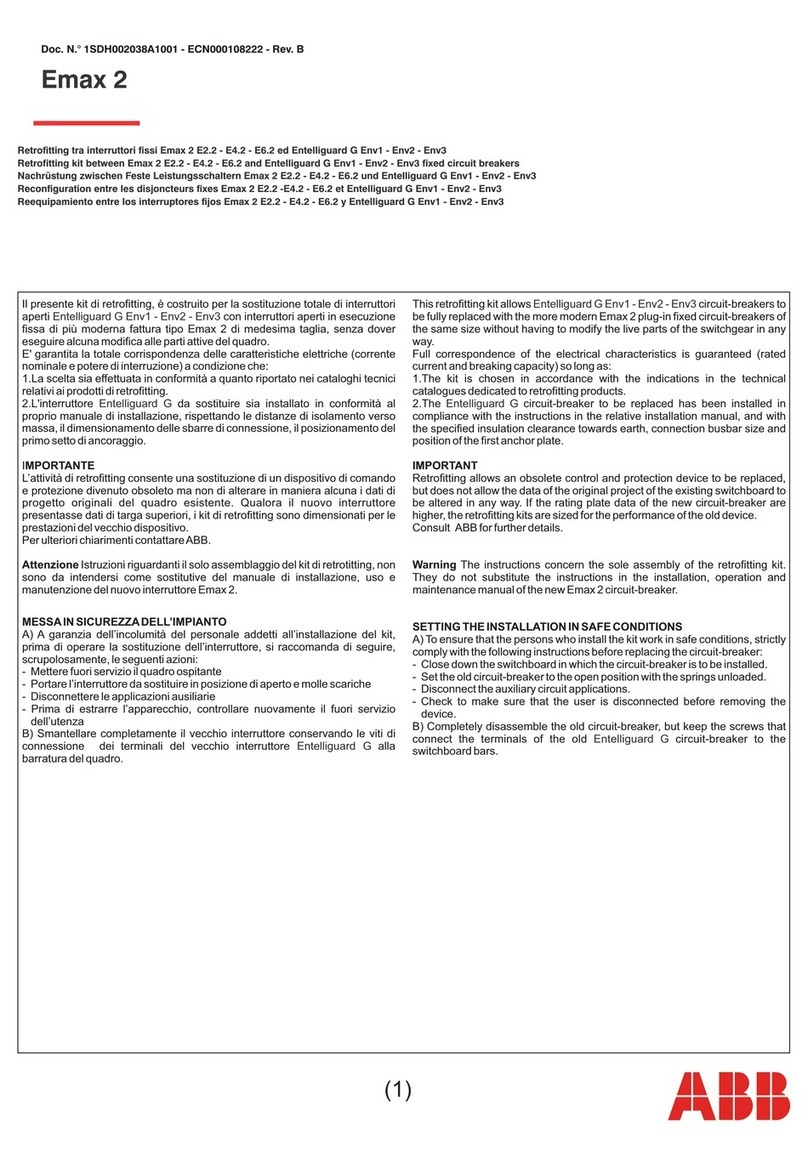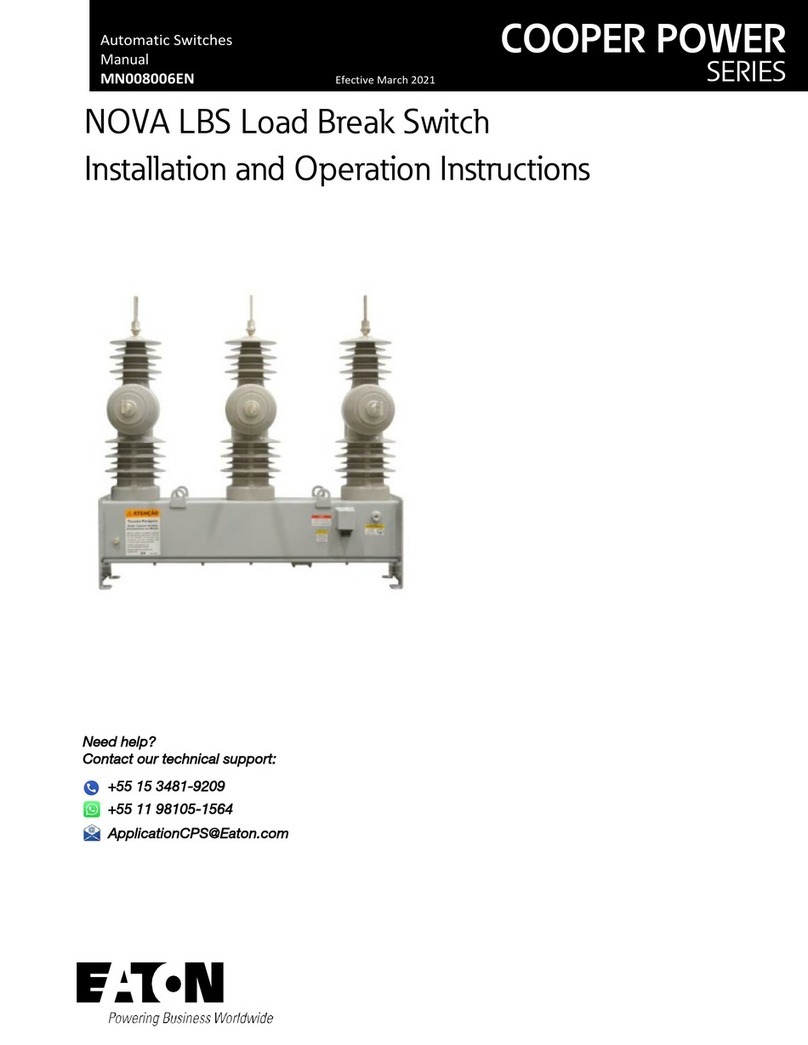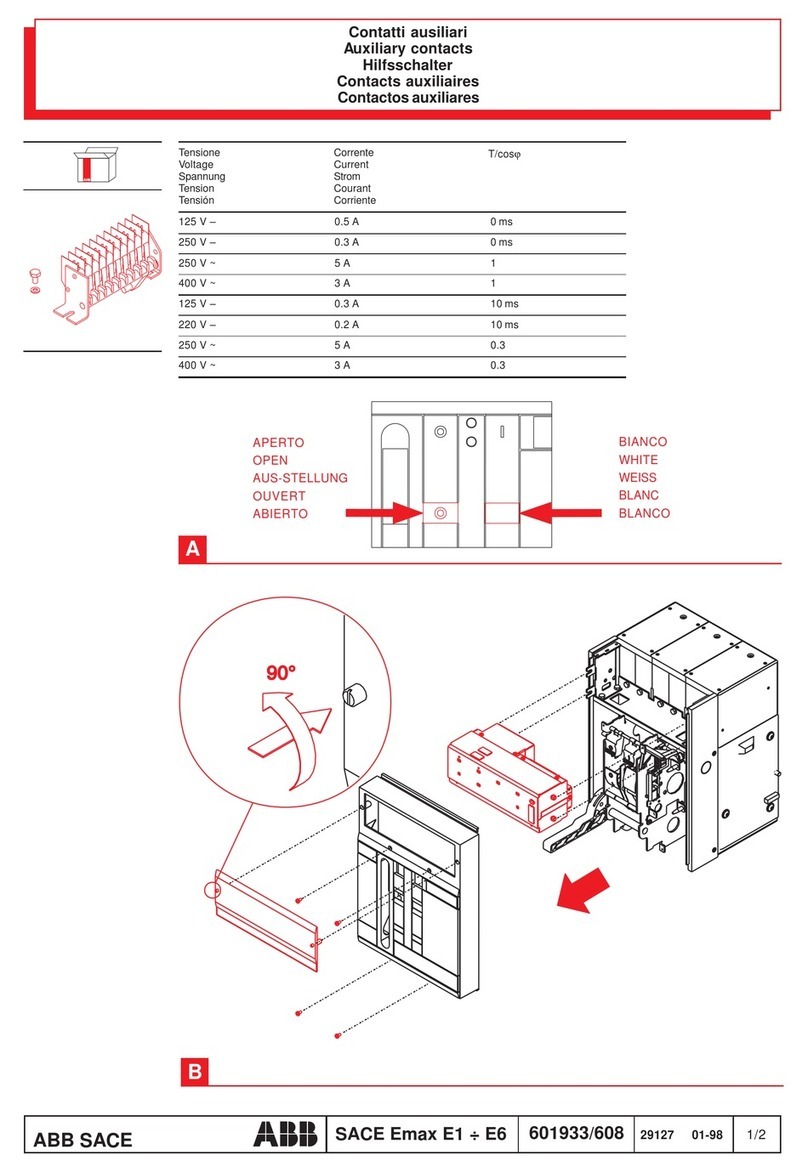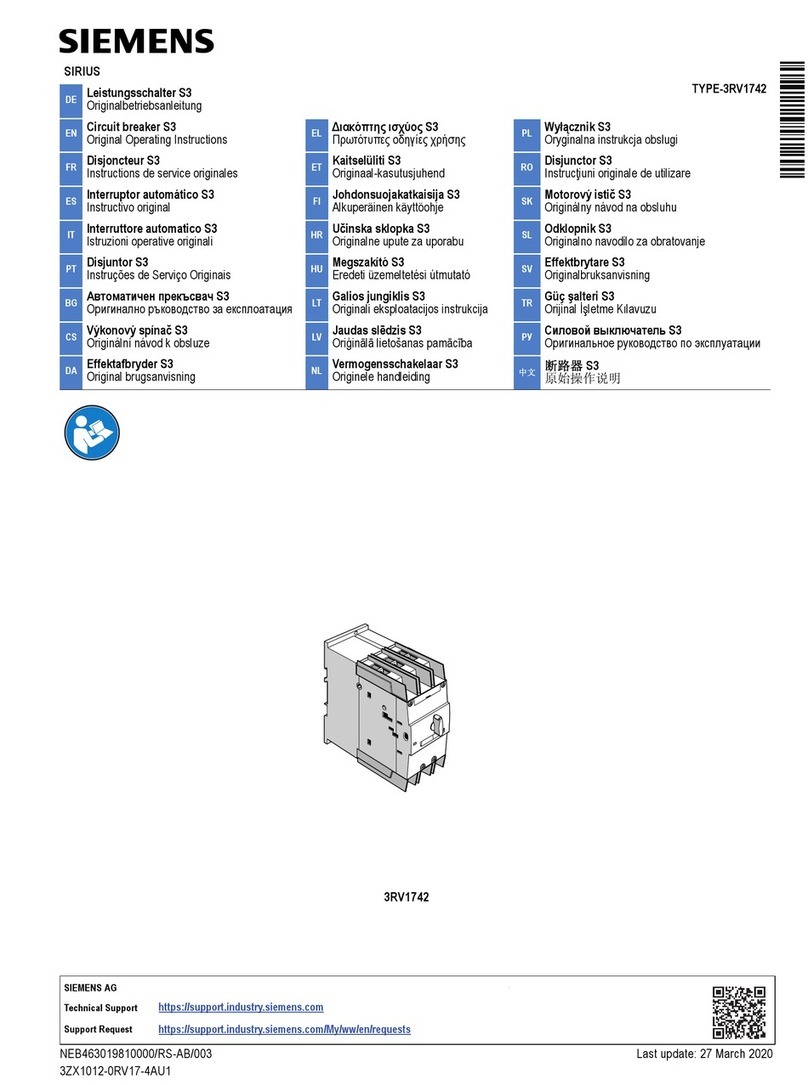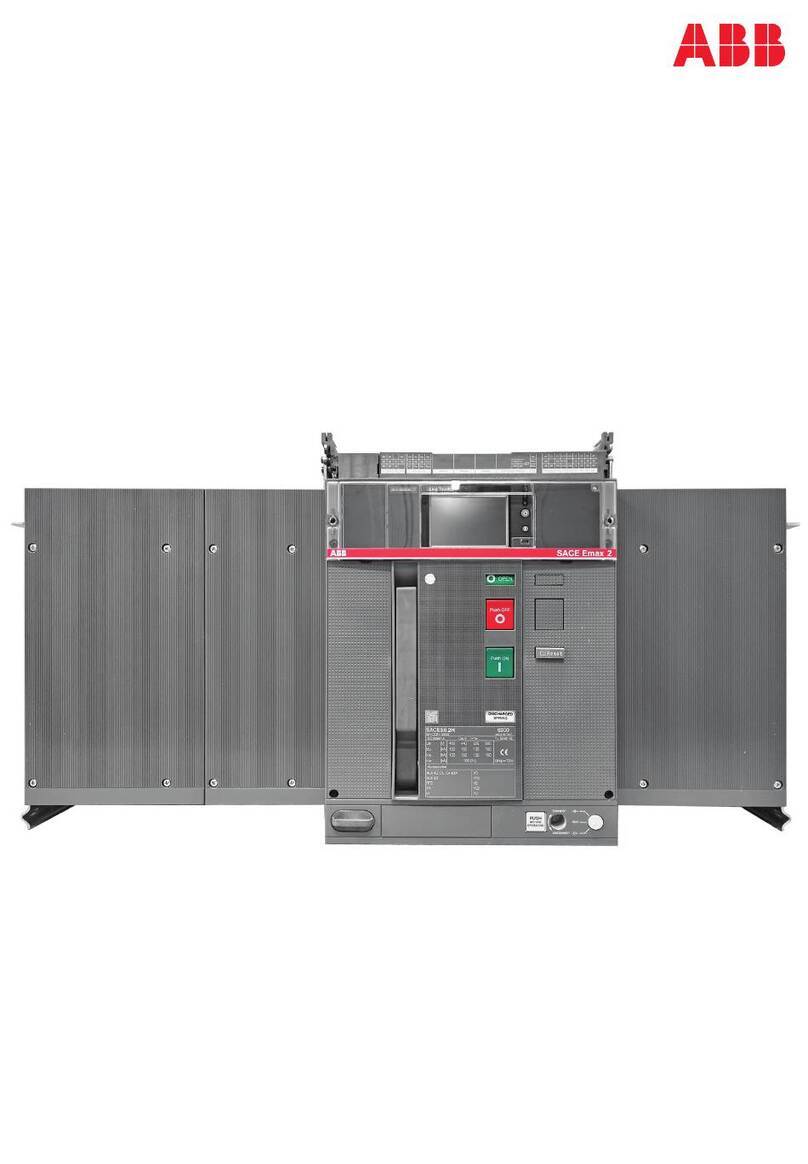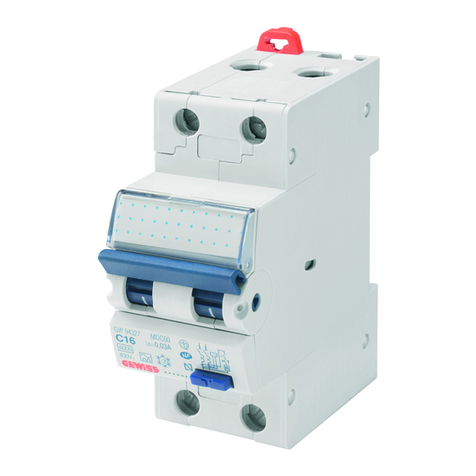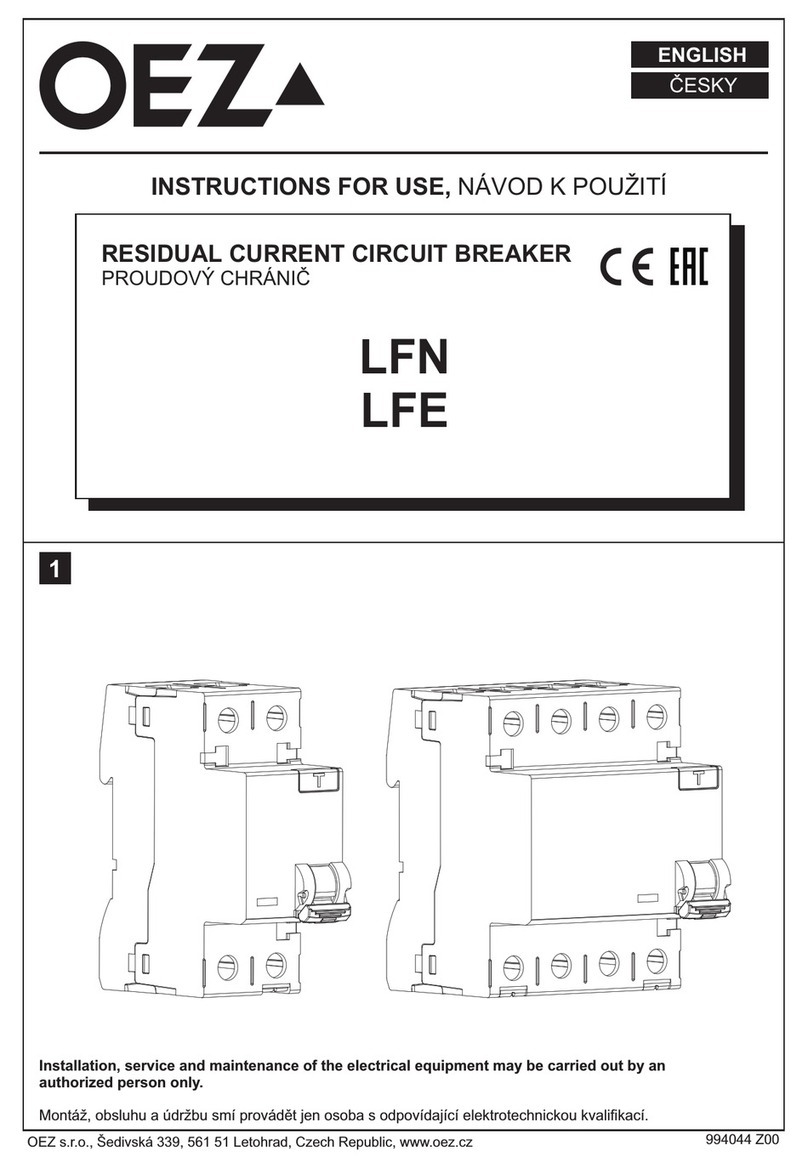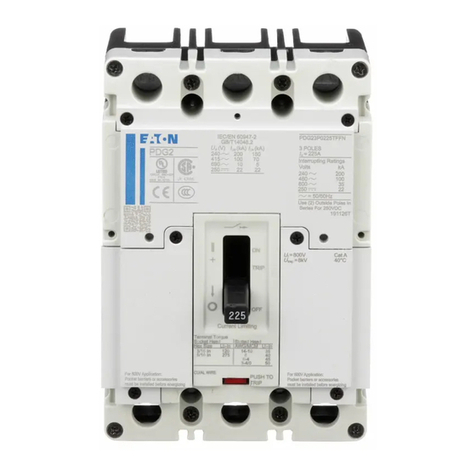I.B. 29C891B Page 1
Effective 11/98
SECTION 1: INTRODUCTION
1-1 COMMON TERMS
Several commonly used terms or phrases are used
throughout this manual. They are defined here to elimi-
nate any confusion that might arise when reading the
text.
IMPACC (Integrated Monitoring, Protection and
Control Communications) – A family of communicat-
ing electrical power distribution protective devices,
meters, motor control devices, communications net-
works and protocols and software packages to provide
power distribution monitoring and control.
INCOM (Industrial Communications) – A noise
immune communications system designed specifically
for power distribution monitoring and control applications.
PONI (Product Operated Network Interface) – A
plug-in communications module that enables network
communications.
1-2 PRELIMINARY COMMENTS AND SAFETY
PRECAUTIONS
This instructional manual is intended to present specific
descriptive, operational and maintenance information
associated with Digitrip OPTIM Trip Units only. Digitrip
OPTIM Trip Units are designed to be used with the
Breaker Interface Module and OPTIMizer Hand Held
Programmer. For a general overview of the entire
Digitrip OPTIM Trip Unit System and certain specific
application possibilities, refer to Instruction Book
29C890 entitled “Instructional Overview for Use of the
Digitrip OPTIM Trip Unit System.”
Detailed instructional material relative to the installation,
use and maintenance of specific devices is included
under separate cover by a manual dedicated to each
device. A series of four manuals brings together the
wide array of capabilities offered by the most advanced
programmable trip unit system - Digitrip OPTIM. Refer
to Appendix A for all instruction material references.
Please read and understand this manual and all other
relevant manuals before proceeding with the installation
and operation of any device included in the trip unit sys-
tem. Pay particular attention to all WARNINGS and
CAUTIONS. They are intended to help insure personnel
safety and equipment protection. Refer to the WARN-
ING and CAUTION in Paragraph 1-2.1 before proceed-
ing to any other section in this manual or any other man-
ual. If further information is required by the purchaser
regarding a particular installation, application or mainte-
nance activity, a Cutler-Hammer representative should
be contacted.
1-2.1 SAFETY PRECAUTIONS
All safety codes, safety standards and/or regulations
must be strictly observed in the installation, operation
and maintenance of any device in this system.
THE WARNINGS AND CAUTIONS INCLUDED AS
PART OF THE PROCEDURAL STEPS IN THIS DOCU-
MENT ARE FOR PERSONNEL SAFETY AND PRO-
TECTION OF EQUIPMENT FROM DAMAGE. AN
EXAMPLE OF A TYPICAL WARNING LABEL HEAD-
ING IS SHOWN ABOVE IN REVERSE TYPE TO
FAMILIARIZE PERSONNEL WITH THE STYLE OF
PRESENTATION. THIS WILL HELP TO INSURE
THAT PERSONNEL ARE ALERT TO WARNINGS,
WHICH MAY APPEAR THROUGHOUT THE DOCU-
MENT. IN ADDITION, CAUTIONS ARE ALL UPPER
CASE AND BOLDFACE AS SHOWN BELOW.
COMPLETELY READ AND UNDERSTAND THE
MATERIAL PRESENTED IN THIS DOCUMENT
BEFORE ATTEMPTING INSTALLATION, OPERATION
OR APPLICATION OF THE EQUIPMENT. IN ADDI-
TION, ONLY QUALIFIED PERSONS SHOULD BE
PERMITTED TO PERFORM ANY WORK ASSOCIAT-
ED WITH THE EQUIPMENT. ANY WIRING INSTRUC-
TIONS PRESENTED IN THIS DOCUMENT MUST BE
FOLLOWED PRECISELY. FAILURE TO DO SO
COULD CAUSE PERMANENT EQUIPMENT DAMAGE.
WARNING
CAUTION

